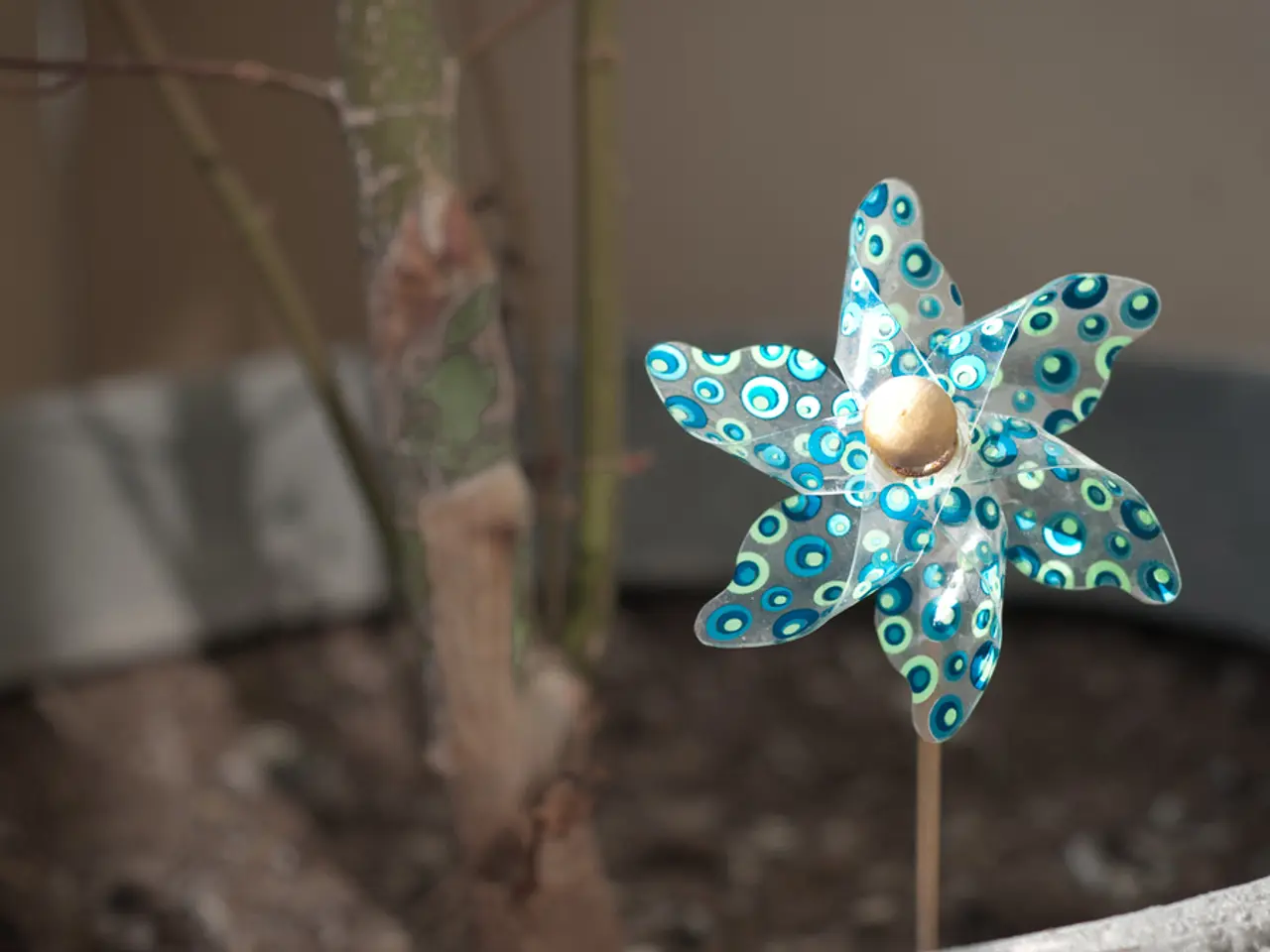Discovering the Allure of Japanese Wind Chimes (Fuurin)
Historical allure and the seasonal enchantment of Japanese wind-driven musical instruments, commonly known as wind chimes.
Japanese wind chimes, or furin, have captivated the hearts of many for centuries, with their origins dating back to the Kamakura period (1185-1333 AD)[1]. Originally used as protective charms against evil spirits, hung from temple eaves, they have evolved into the delicate and soothing decorations we know today[1][2].
The Spread of Furin Across Japan
Furin can be found throughout Japan, even on the southern island of Shikoku[2]. Temples such as Sannou-ji in Fukuoka hold a fuurin festival from May 1 to October 5[3], while Dougaku-ji in Tokushima boasts over 1,500 furin during its festival from April 1 to Aug. 31[4].
The Cultural Significance of Furin
Furin are deeply intertwined with Japanese culture, symbolizing the cooling breeze of summer[4]. They are often associated with aesthetic pleasure and the sensory experience of the season[4]. The popularity of furin among the general public increased during the Edo period (1603-1868) due to new glassmaking techniques imported from Europe[6].
The Benefits of Furin
The sound of furin is said to be both relaxing and cooling, helping to mitigate heat exhaustion[3]. Contemporary furin are appreciated for their decorative value and as emblems of Japanese culture[5]. The different tones of wind chimes can even have a calming effect on the nervous system through the yuragi (fluctuation or rhythmic) effect[5].
Regional Differences in Furin
Each region in Japan has its unique type of furin. For instance, porcelain or ceramic furin from Saga prefecture are made using the techniques of Imari or Arita ware[7]. Iwate prefecture is known for its artisanal iron wind chimes, known as Nambu fuurin, which are renowned for their clearer sound that resonates for longer[8]. Tokyo is famous for its glass fuurin, hand-painted with vibrant, often summery motifs[8].
Festivals Celebrating Furin
Various festivals celebrate furin across Japan. Kawagoe Hikawa Shrine in Saitama hosts the Enmusubi Wind Chime Festival from late June to Sept. 15[9]. Shouju-in in Kyoto organizes an annual fuurin festival lasting from July 1 to Sept. 18[10]. Sakurayama Hachiman Shrine in Gifu displays over 2,000 wind chimes between July 19 and Aug. 23[11].
In conclusion, Japanese wind chimes, or furin, are cherished for their historical significance, therapeutic sounds, and cultural importance. They provide a soothing auditory experience, create a sense of calm and tranquility, and deepen one's connection to Japanese culture and heritage. Whether hung in temples, shrines, or homes, furin continue to resonate with the quintessential sounds of summer.
[1] https://en.wikipedia.org/wiki/Furin [2] https://www.japan-guide.com/e/e2104.html [3] https://www.japan-guide.com/e/e2104f1.html [4] https://www.japan-guide.com/e/e2104f2.html [5] https://www.japan-guide.com/e/e2104f3.html [6] https://www.japan-guide.com/e/e2104f4.html [7] https://www.japan-guide.com/e/e2104f5.html [8] https://www.japan-guide.com/e/e2104f6.html [9] https://www.japan-guide.com/e/e2104f7.html [10] https://www.japan-guide.com/e/e2104f8.html [11] https://www.japan-guide.com/e/e2104f9.html
Read also:
- Federal Environmental Protection Agency under scrutiny for alleged manipulation of soil sample results following East Palestine catastrophe
- Breathing Methods for Bronchitis: Classifications and Their Functions
- Antibiotic Z-pack for strep throat: Dosage details, potential consequences, and duration of treatment
- Throat discomfort and yawning: Possible reasons and when to seek medical attention





